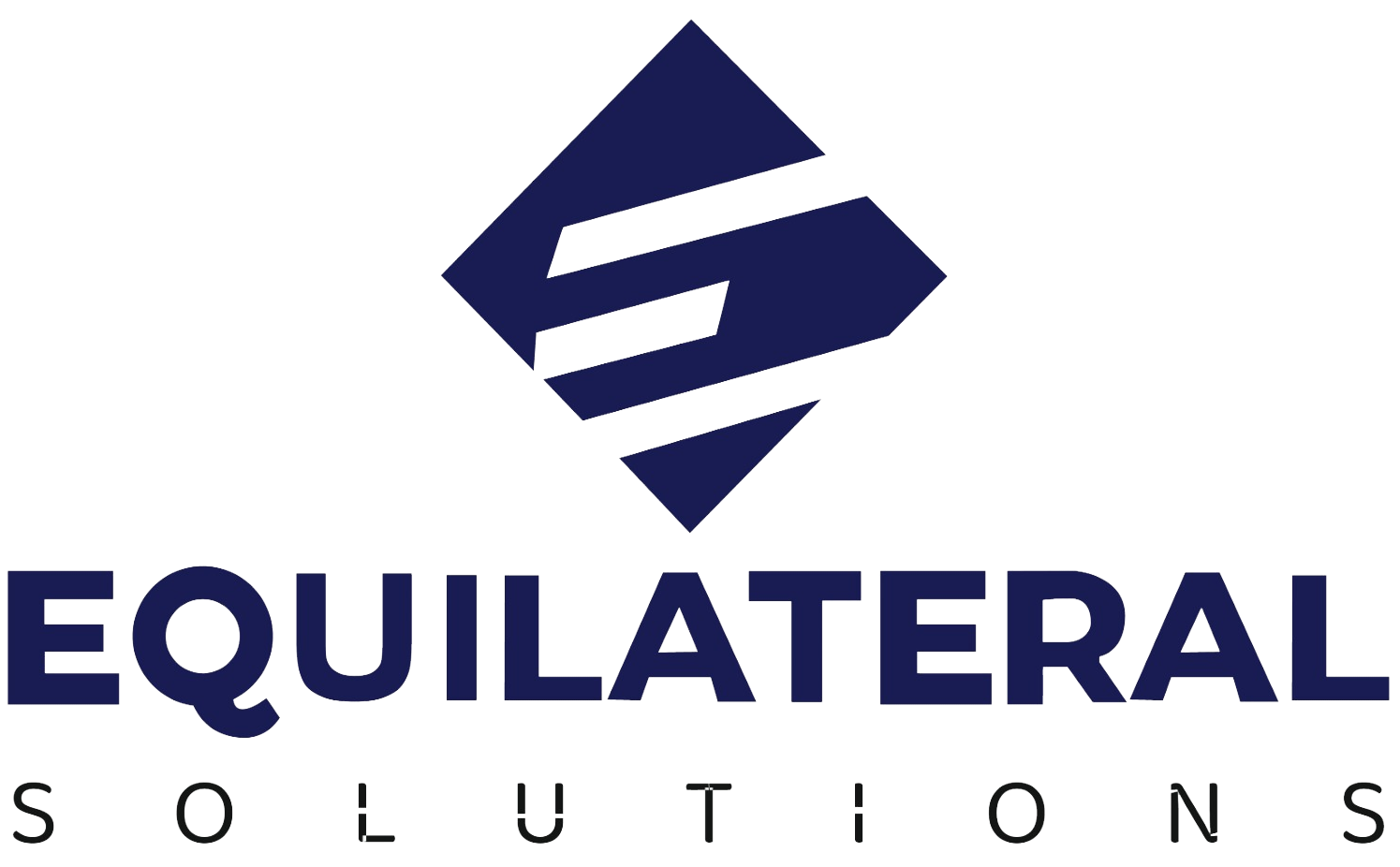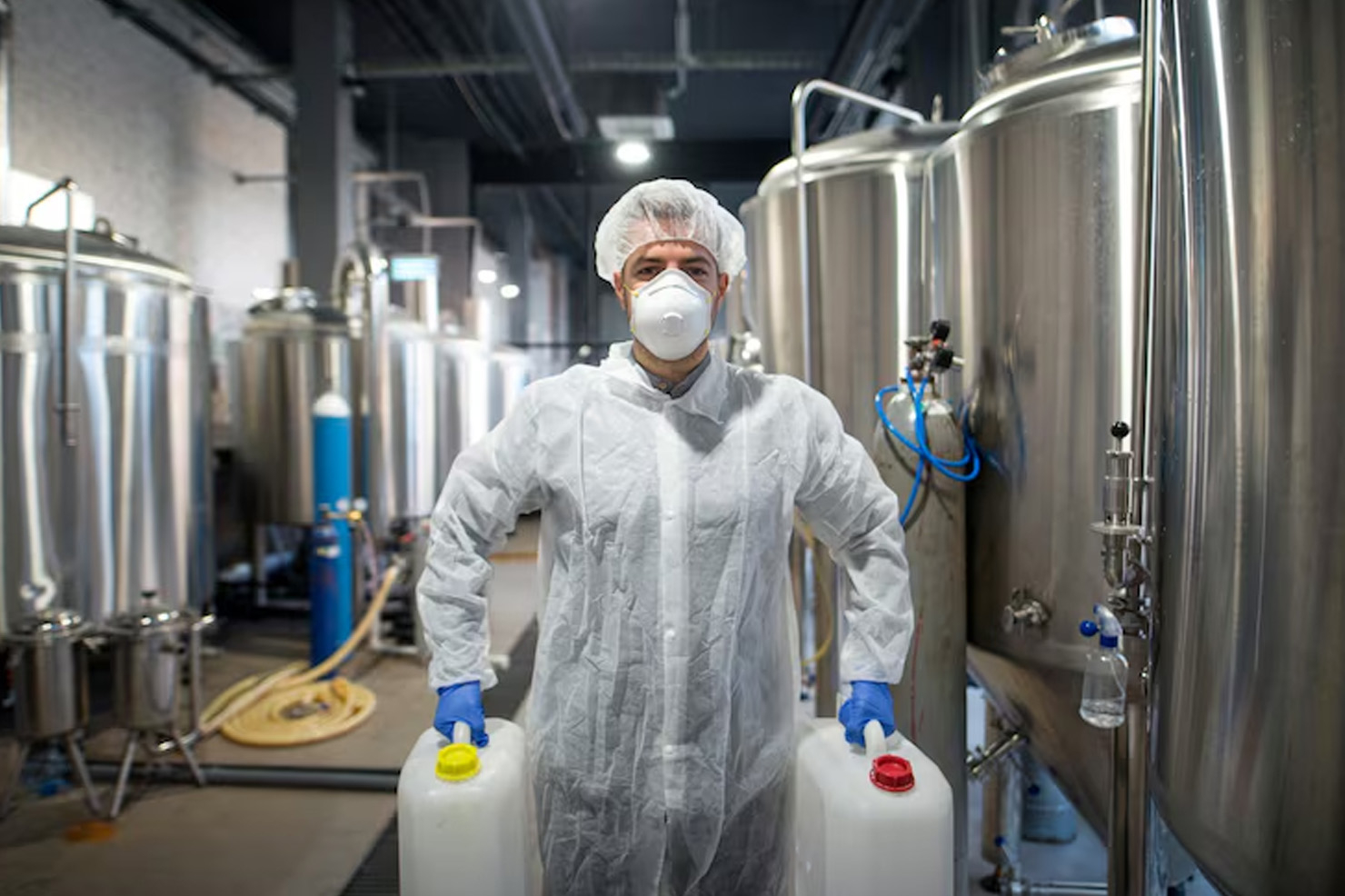Ethylene Oxide in Sterilization
Ethylene oxide in sterilization uses EtO gas to eliminate microorganisms such as bacteria, viruses, fungi, and spores on medical devices and packaging. This is particularly useful for equipment that cannot withstand steam, radiation, or high-temperature methods.
An ethylene oxide sterilizer or ethylene oxide sterilization machine carries out this process in a controlled chamber where parameters like gas concentration, temperature, and humidity are precisely monitored.
The EtO Sterilization Process Involves:
- Preconditioning – Items are packaged and loaded.
- Chamber evacuation – Air is removed, and humidity is added.
- Gas exposure – EtO gas is introduced for several hours.
- Purge – Gas is removed to reduce exposure.
- Aeration – Residual EtO is eliminated, ensuring items are safe.
Why EtO Sterilization Is Still Essential
- Material compatibility – Safe for plastics, polymers, resins, and electronics.
- Deep penetration – Works on lumens, crevices, and packaged items.
- Versatility – Handles complex shapes and delicate devices.
- Global scale – Over 50% of sterile medical devices worldwide (about 20 billion annually) rely on ethylene oxide sterilizers.
This makes ethylene oxide in sterilization the gold standard for sensitive medical devices.
Survey & Statistics That Prove Its Importance
- FDA reports: Around 20 billion devices per year are sterilized using EtO.
- Market size: The global ethylene oxide sterilization machine market was valued at USD 4.4 billion in 2022 and is growing steadily.
- Healthcare adoption: A 2023 study in the American Journal of Infection Control confirmed EtO remains irreplaceable for many devices.
- Safety surveys: A comparative study revealed that while best practices for ethylene oxide sterilizers are widely followed, compliance is “good but not universal.”
These figures highlight both the importance of EtO sterilization and the need for strict safety standards.
Safety & Regulatory Considerations
While ethylene oxide sterilization machines are essential, they must be handled carefully due to the potential risks of EtO gas.
- Risks: Classified as a human carcinogen; short-term exposure can cause respiratory irritation, dizziness, or nausea.
- Regulations: The EPA and FDA set strict emission controls for ethylene oxide sterilizers. New rules aim to cut emissions by up to 90%.
- Best practices include:
- Using sealed ethylene oxide sterilization machines
- Regular gas monitoring and alarms
- Adequate aeration cycles
- Strict operator training
Choosing the Right Ethylene Oxide Sterilization Machine
When selecting an ethylene oxide sterilizer, consider:
- Chamber design – Leak-proof, with capacity for your needs
- Environmental controls – Accurate humidity, gas concentration, temperature
- Aeration systems – Strong enough to remove residual EtO
- Safety features – Gas monitors, alarms, ventilation
- Compliance – Meets FDA, ISO, and local regulations
- Support & maintenance – Reliable servicing for long-term performance
At Equilateral Solutions, we ensure our ethylene oxide sterilization machines are designed with all these features, providing efficiency, safety, and compliance.
Why Equilateral Solutions Is Trusted
- Expert validation – We rigorously test and validate all ethylene oxide sterilizers.
- Safety integration – Built-in gas monitoring and aeration systems.
- Transparency – Sharing data and compliance reports with clients.
- Innovation – Constantly updating our ethylene oxide sterilization machines to match evolving safety standards.
Conclusion
Ethylene oxide in sterilization continues to play a crucial role in global healthcare. With its unmatched ability to sterilize sensitive devices, an ethylene oxide sterilizer ensures safety, reliability, and patient trust.
At Equilateral Solutions, our focus is on building ethylene oxide sterilization machines that are not only effective but also compliant, safe, and future-ready. Because when it comes to protecting lives, precision and trust are non-negotiable.

